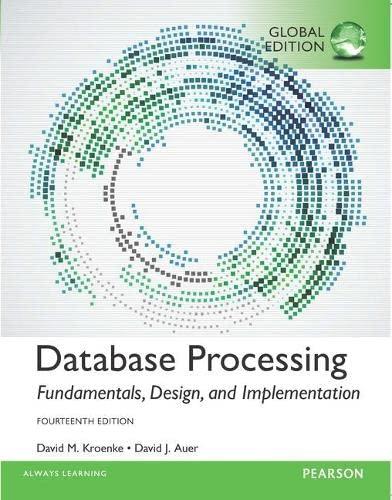Vocabulary Exercises 1. Types or classes of larger servers include which are generally optimized for data storage and I/O capability, and , which are generally optimized for computational capacity and speed. 2. A(n) is a storage location implemented in the CPU. 3. The term refers to storage devices, not located in the CPU, that hold instructions and data of currently running programs. 4. A problem-solving procedure that requires executing one or more comparison and branch instructions is called a(n) 5. A(n) is a command to the CPU to perform one processing function on one or more data inputs. 6. The term describes the collection of storage devices that hold large quantities of data for long periods. 7. A(n) is a computer that manages shared resources and allows other computers to access them through a network. 8. A program that solves a(n) requires no branching instructions. 9. The major components of a CPU are the , and 10. Primary storage can also be called and is generally implemented with 11. A(n) typically uses the latest and most expensive technology. 12. A(n) is a group of similar or identical computers, connected by a high-speed network, that cooperate to provide services or run a shared application. 13. A(n) is a group of dissimilar computer systems, connected by a high-speed network, that cooperate to provide services or run an application. 14. A CPU is a(n) processor capable of performing many different tasks simply by changing the program. 15. The enables the CPU, primary storage, and secondary storage devices to communicate. 16. The CPU program instructions one at a time. 17. Most programs are written in a(n) , such as FORTRAN or Java, which is then translated into equivalent CPU instructions. 18. A(n) consists of hardware and software components that enable multiple users and computer to share information, software, and hardware resources. 19. is a technique that enables a single computer to host multiple virtual machines. 20. says that larger computer classes are more cost-efficient than smaller ones - a statement that doesn't accurately describe modern computing hardware. 21. A(n) is the most common type of system software. 22. WWW resources are identified and accessed by a(n) 23. Key characteristics that distinguish primary and secondary storage include cost, capacity, speed, and








